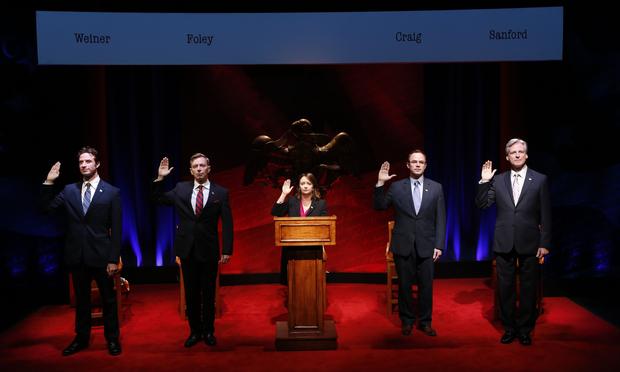Hello everybody! My name is Manjekar Budhai (pronounced man-juh-car), but friends call me Manje or Manjie for short.
 I am from South Ozone Park, an area of Queens that, along with Richmond Hill and Jamaica, houses a large West Indian population. Although I was born here in NY, I thoroughly enjoy my Indo-Caribbean culture, as my parents and my older sister emigrated from the country of Guyana. I enjoy nearly every aspect of the culture, from the various festivities, to the food and of course the wonderful music (specifically the genres of soca and reggae)!
I am from South Ozone Park, an area of Queens that, along with Richmond Hill and Jamaica, houses a large West Indian population. Although I was born here in NY, I thoroughly enjoy my Indo-Caribbean culture, as my parents and my older sister emigrated from the country of Guyana. I enjoy nearly every aspect of the culture, from the various festivities, to the food and of course the wonderful music (specifically the genres of soca and reggae)!
Before college, I went to Townsend Harris High School, like several others in our seminar. Here at CCNY, I am a hopeful Computer-Engineering major. My interest in this field of study stems from my want to revolutionize the future of technology. I hope to expand the outreach of technology, incorporating its use into different areas of daily life, such as within the household, in company offices, in automobiles, and possibly even in public areas. This can actually be seen today, however it is still in its primary stages. As a whole, I want to focus on the interaction between humans and technology. I have recognized that technology is an inevitable part of our lives now, and our dependency on it will only increase with time. Thus, I believe we must utilize it to better our lives as much as possible.

My passion outside of the academic realm lies in Martial Arts. I have been a part of the school Purple Dragon International, studying the style of Don-Jitsu Ryu, for the last 12 years. I am currently a second-degree black belt, and I can happily say that my training has made up most of who I am today. Training since the age of 6, I have not only built my physical prowess, but have bettered my mental and emotional skills as well, focusing on important beliefs such as discipline, humility and integrity.
Besides my Martial Arts training, I love staying active and fit during my spare time. Most days, after classes, you can find me at the gym. If you are an active person, or are even interested in getting fit, come find me! I will be more than happy to train and work with you. I also enjoy going to different restaurants, and trying new foods! If you know any good places, please, let me know!
This was only a short introduction into who I am. If you are interested in finding out more about me, please do not hesitate to ask! I am always open to making new friends. I am looking forward to having a great class and making incredible memories with all of you! Thanks for reading!






